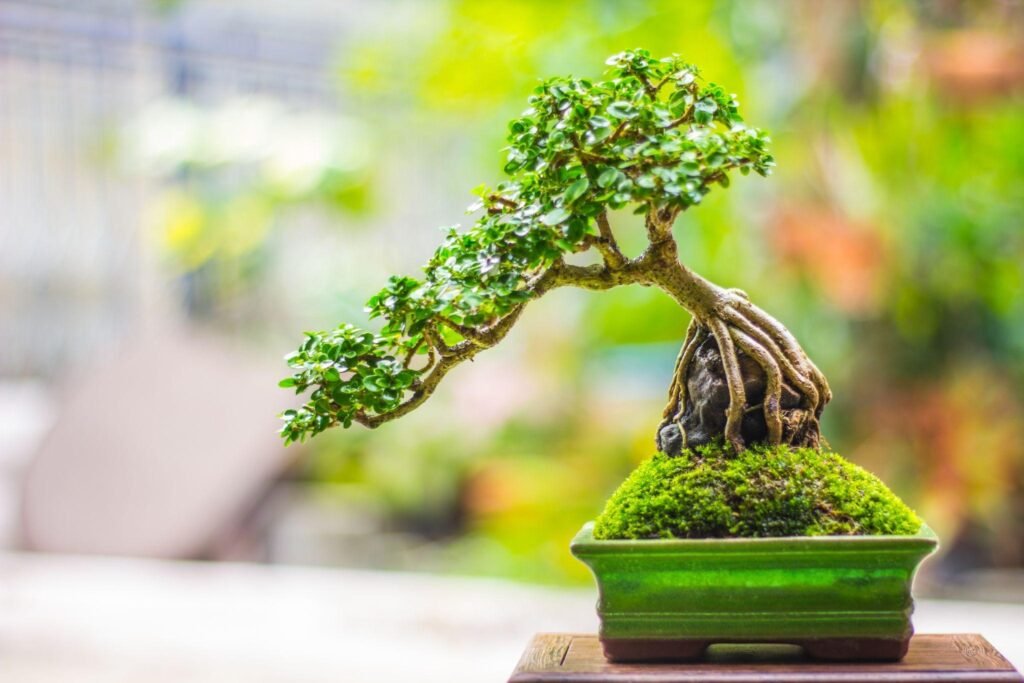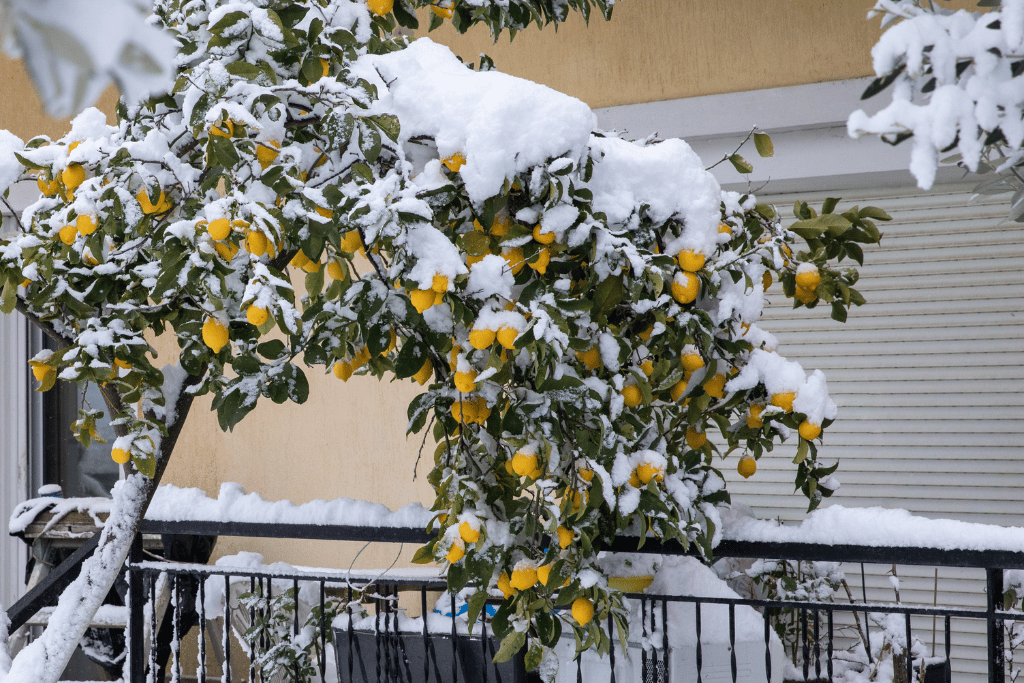
Imagine a garden. One that showcases dazzling colors, where the smells of sweet basil and spicy Cilantro fill the air. It’s a beautiful sight – isn’t it? It is for me. There’s something about Cilantro that makes it special; the vibrant green hue, the delicate lacy leaves – they’re the perfect herb for adding flavor to any dish. This fondness of Cilantro urged me to research and gain more knowledge about it, and in this article I’m going to share with you something that I learned: how to harvest Cilantro seeds!
Let me enlighten you with how to harvest seeds from Cilantro!
How to Harvest Cilantro Seeds From Plant
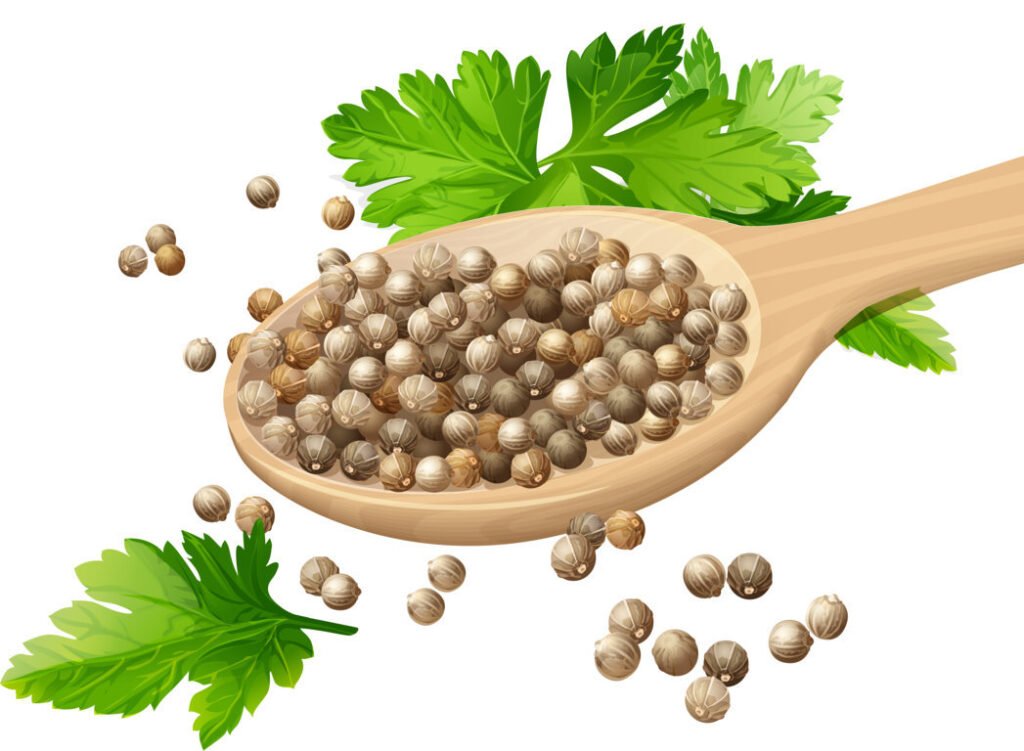
Ah, Cilantro! It’s one of my favorite herbs to grow in my garden. Its bright, tangy flavor adds a burst of freshness to any dish. And the best part is that you can easily grow it from seed.
Throughout the summertime, I watch my Cilantro plants carefully. When the seed heads start to form and dry out, I know it’s time to get harvesting! Here’s a step-by-step guide on how to harvest Cilantro seeds so you can enjoy homegrown Cilantro all year.
Step 1: Collecting seeds and cutting the seed heads
When the Cilantro plant starts to produce seed heads, you’re ready to start collecting. Cilantro seeds are small and somewhat slippery, so it’s important to be gentle when gathering the seeds.
Gently strip the seed head and place into a bowl or container (I like to use an old yogurt cup). Do this in the early morning, when temperatures are cooler and the seed heads are dry.
Now, for the head-cutting, I usually use a scissor or a sharp knife and make a gentle cut on the seed head. While doing this, I make sure not to wander near the leaves or stem because it’s easy to inflict damage. I remember my first time when I made a clumsy cut, I almost chopped off the entire plant!
Step 2: Lay out seed heads
Once I’m done with the harvesting, I lay out the seed heads on a piece of newspaper to further dry them out. This step is essential because it helps the seeds to fully mature and ensures that they will be viable for planting.
Step 3: Separate seeds
The next step is to separate the seeds from the seed heads. This is one of my favorite parts of harvesting Cilantro seeds. It’s like separating the wheat from the chaff! To do this, I hold a seed head in one hand and gently rub it between my fingers with my other hand. The seeds easily fall out and lay into the paper bag or envelope I’ve kept underneath.
Step 4: Label and store seeds
Once I have a good amount of seeds, I label the bag or envelope with the date and the variety of Cilantro that I grew. Labeling my seeds correctly helps me keep track of which ones I’ve harvested and when. After that, I store them in a cool, dry place until I’m ready to plant them in the coming spring.
And that’s it! Harvesting Cilantro seeds is that easy! I’ve been doing this for quite some time and I’m proud to say that I have a fair share of experience in growing Cilantro from seed.
I think the process is so easy that anyone could do it. And, why shouldn’t they? Growing from seed is so much more economical than buying young plants from a garden center. And, who wouldn’t like to enjoy homegrown Cilantro all year, right?
Now that you know how to harvest seeds from Cilantro, let’s move to the next step – planting them!
Planting the Cilantro Seeds you’ve Harvested
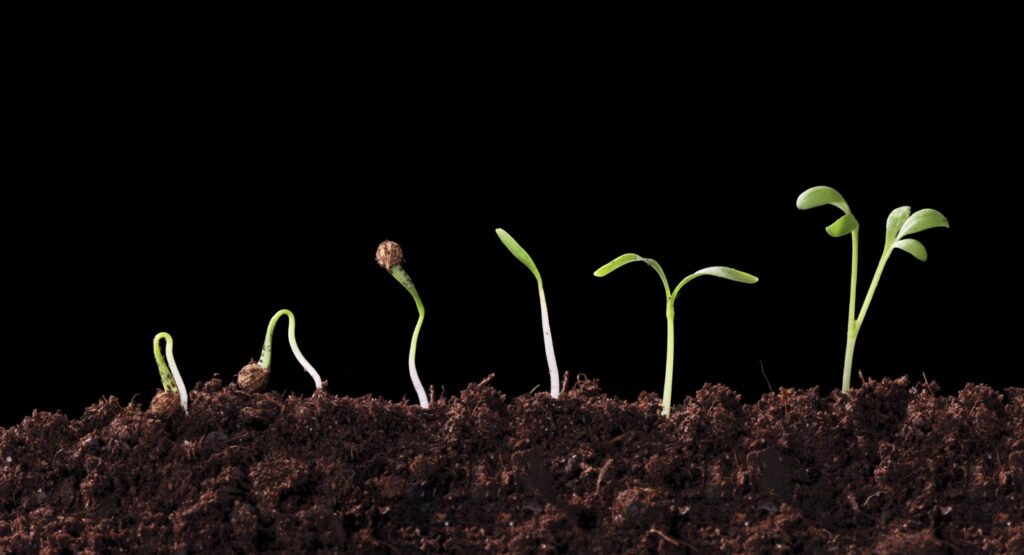
For me, nothing beats the joy of watching my Cilantro seeds grow into grown plants. I get the same feeling of satisfaction when planting Cilantro from seed that I do when harvesting them. Here’s a simple guide on how to plant Cilantro from seed so you can get the same satisfaction.
Step 1: Decide where you want to grow the cilantro
I like to plant mine in a sunny, well-drained spot in my garden. Cilantro prefers cooler temperatures anyway, so this is the ideal place for it to thrive.
Tip: 55-68 degrees is the most suitable temperature for Cilantro.
Step 2: Work on the soil
Start loosening up the soil and remove any rocks or debris that you find. It takes me hardly 10 minutes to do this. Then, I work in some compost and fertilizer to give the cilantro plants a nice nutrient-rich environment.
Tip: The best kind of soil for Cilantro is one that is loose and moisture-retaining. You can also mix in some mulch to keep the soil moist for longer.
Step 3: How I plant my seeds
Here’s what I do: I scatter them on top of a bed of moist soil and press them down quite gently. I then water the bed well so that it’s consistently moist until the seedlings emerge – which takes around a week or two. For me, watering 1-inch in a week works, and should do fine for you too.
Tip: When you’re planting them in the ground, half an inch deep is fine for the Cilantro seeds. Just remember to space to separate them apart by 2-3 inches so they have plenty of room to grow.
Step 4: Baby proof the cilantro
Being the obsessive protector that I am when it comes to my plants, I cover the bed with a net or light fabric. It has always helped me prevent any birds from taking away my precious seedlings.
Tip: Remove the fabric as your Cilantro starts growing a few inches tall. It will need plenty of air circulation.
Step 5: Wait it out
Now, I just wait until the Cilantro plants reach around 4-5 inches in height and voila! Back to harvesting. It takes around 2 months and a few additional days to see them harvest-ready.
Confused Between Coriander and Cilantro?
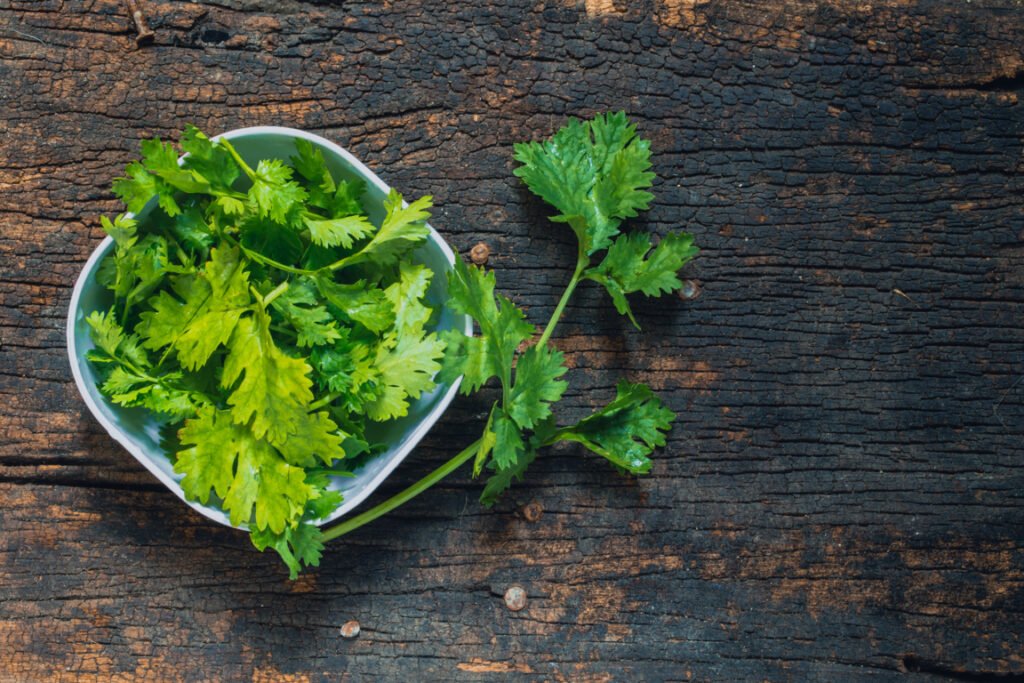
Coriander and Cilantro go hand in hand. I bet you have been in the same situation as me. I remember this one time when I was out shopping in the grocery store and came across a bag of Coriander that looked exactly like the Cilantro I use for my salsa. So, what gives? Well, this was obviously way before when I got into gardening and growing herbs.
Let me explain it to you in easy words: Cilantro and Coriander actually come from the same plant called Coriandrum Sativum. Cilantro is the name for the leaves and stems of the plant before it flowers, and Coriander are the dried seeds you harvest when the plant flowers.
They may look identical, but cilantro is milder giving a hint of citrus! The leaves and stems of the Coriander (or Cilantro) plant are known as Cilantro. Alternatively, Coriander is the seed of the herb and has a more earthy flavor like a nutmeg.
So, does this mean you can get both Cilantro and Coriander by growing a single plant in your garden? Absolutely!
How to Harvest Coriander Seeds From Cilantro Plant
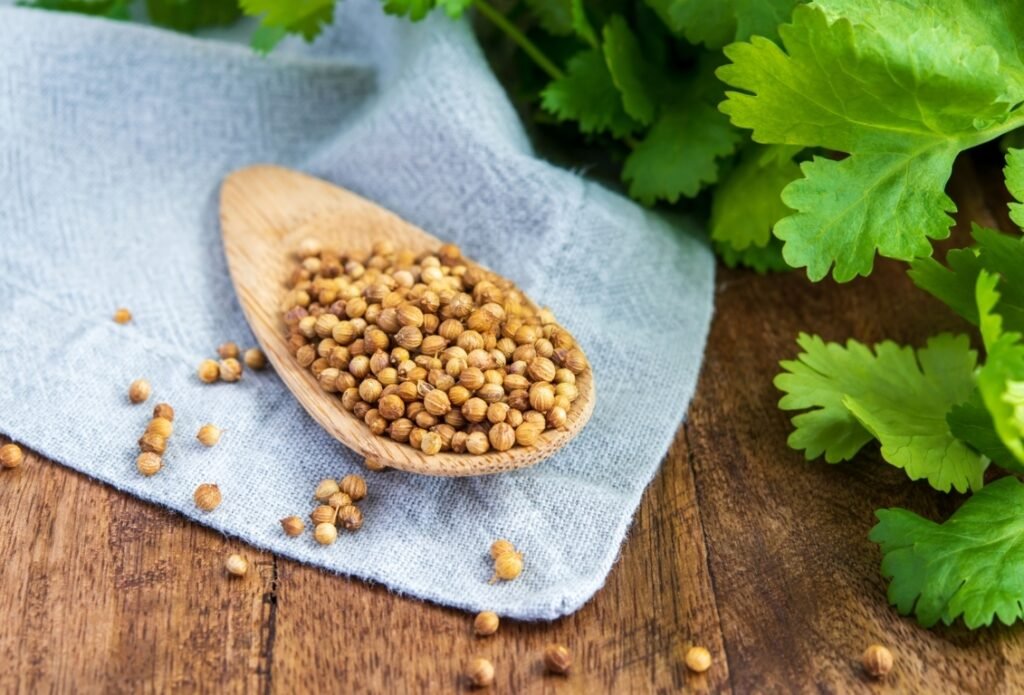
Here’s what I do when I want to harvest some Coriander seeds from my Cilantro plant?
Step 1: Wait for the cilantro plants to flower and produce seed heads
This usually happens a few months after planting, so I just wait and watch in anticipation!
Step 2: Don a pair of gardening gloves and get ready to harvest
You know the drill. It’s the same as harvesting Cilantro seeds. Grab a sharp pair of scissors or pruning shears to make a cut on the seed heads. Besides, you can also gently tug off the seed heads if they come out easily.
Step 3: Place the seed heads in a paper bag and let them dry out thoroughly
Again, similar to harvesting Cilantro seeds. This may take a few days, so be patient and let the seed heads rest on a flat surface in an airy and dry place.
Step 4: Shake the seeds out of the bag into an airtight container
Now, it’s time to shake the bag and let the seeds fall into the container. The key word here is airtight – Keep your precious Coriander seeds safe in a container that’s absolutely airtight!
And it’s done! You’ve now successfully harvested Coriander seeds from a Cilantro plant.
Growing Requirements for Coriander Sativum
Alright, let’s get ready to give our Coriander sativum the best life ever! Here are the growing requirements for Coriander:
Light:
Coriander loves the sunshine, but it can also tolerate a little shade. Choose a spot in your garden or on your windowsill that gets at least 4-6 hours of sunlight each day.
Temperature:
Coriander is a cool cat, it grows best in temperatures between 60-70°F. Too hot and it will start to wilt, too cold and it will go into hiding.
Water:
Keep the soil consistently moist, but not soaking wet. Coriander hates having wet feet, but it also hates drying out. A happy medium is key.
Fertilizer:
Give your Coriander a little food once a month, this will keep it happy and healthy. A balanced fertilizer will do the trick.
Soil:
Coriander likes soil that is light and airy, like a comfy bed. Mix compost and sand into the soil to give it the perfect texture.
Conclusion
When it comes to harvesting cilantro seeds, you don’t need to be a pro. All you need to be is a gardener who is willing to take a chance and get their hands dirty. In the article above, I explained how to harvest Cilantro seeds to the best of my abilities. So, follow this simple guide and reap the rewards of your labor, and enjoy a generous harvest.
Frequently Asked Questions (FAQ)
Is there a difference between harvesting new cilantro seeds and old?
Yes! Harvesting new Cilantro seeds is slightly different than harvesting the mature, old ones. When the plant is still young and growing, the seeds will be green and not ready for harvesting. It is important to wait for the seeds to mature and turn brown, as this indicates that they are ready.
You’ll notice that the flavor of newly harvested Cilantro seeds is stronger than that of old, stale ones. You should also take extra care when harvesting new Cilantro seeds, as they are more delicate and may not germinate easily.
How to harvest new cilantro seeds?
The process is almost similar to what I have explained in the beginning of the article. There’s just one difference. You don’t wait for the seeds to mature, you collect them while they are green. The rest of the process is similar. You cut the seed heads, place them in a paper bag, dry them and store them in a container.
How long does it take for cilantro seeds to harvest?
It takes approximately 60 – 80 days for Cilantro seeds to mature and become ready for harvesting.


